Paid Media Explained: How Strategic Advertising Boosts Brand Visibility
In today’s competitive digital market, understanding paid media is essential for businesses aiming to increase brand awareness and drive conversions. Whether you’re looking to scale fast or amplify a product launch, leveraging paid channels such as Google Ads, Facebook Ads, and sponsored placements can deliver fast and measurable results.
This article explores the core types of paid media, the benefits of paid media, and how to build a successful strategy that complements your organic marketing efforts. It’s a crucial component of any effective digital campaign.
By integrating paid efforts alongside SEO and content marketing, businesses create a balanced approach that boosts traffic, builds trust, and drives real ROI. Learn how to harness the power of paid promotion to maximize your marketing investments and stay ahead of the competition.
What Is Paid Media?
Paid media refers to any online advertisement or promotion that a company pays for. It includes formats such as:
- Pay-per-click (PPC) ads
- Display banners
- Sponsored posts on social media
- Influencer collaborations
- Paid listings on marketplaces
Unlike owned media (e.g., your website or blog) and earned media (e.g., user reviews or organic mentions), paid media allows precise control over placement, timing, and audience targeting.
Marketers use paid marketing to increase visibility, especially for time-sensitive campaigns or high-stakes product launches.
Types of Paid Media That Deliver Results
There are multiple types of paid media, each offering distinct advantages. Your choice depends on goals, audience behavior, and budget.
1. Search Engine Advertising
Ads shown on search engines like Google or Bing. These include:
- Text-based search ads
- Shopping/product listing ads
- Retargeting display banners
2. Social Media Ads
These appear on platforms like Facebook, Instagram, LinkedIn, and TikTok. You can target users based on:
- Demographics
- Interests
- Behavior
3. Native Advertising
These are ads designed to blend into the platform’s content, like a promoted article or a sponsored video.
4. Influencer Partnerships
Paying influencers to promote your product via reviews, unboxings, or tutorials.
5. Programmatic Advertising
Automated ad placements using AI to target users in real time across websites, apps, and platforms.
By exploring these digital advertising channels, businesses can select a format that aligns with their brand message and customer journey.
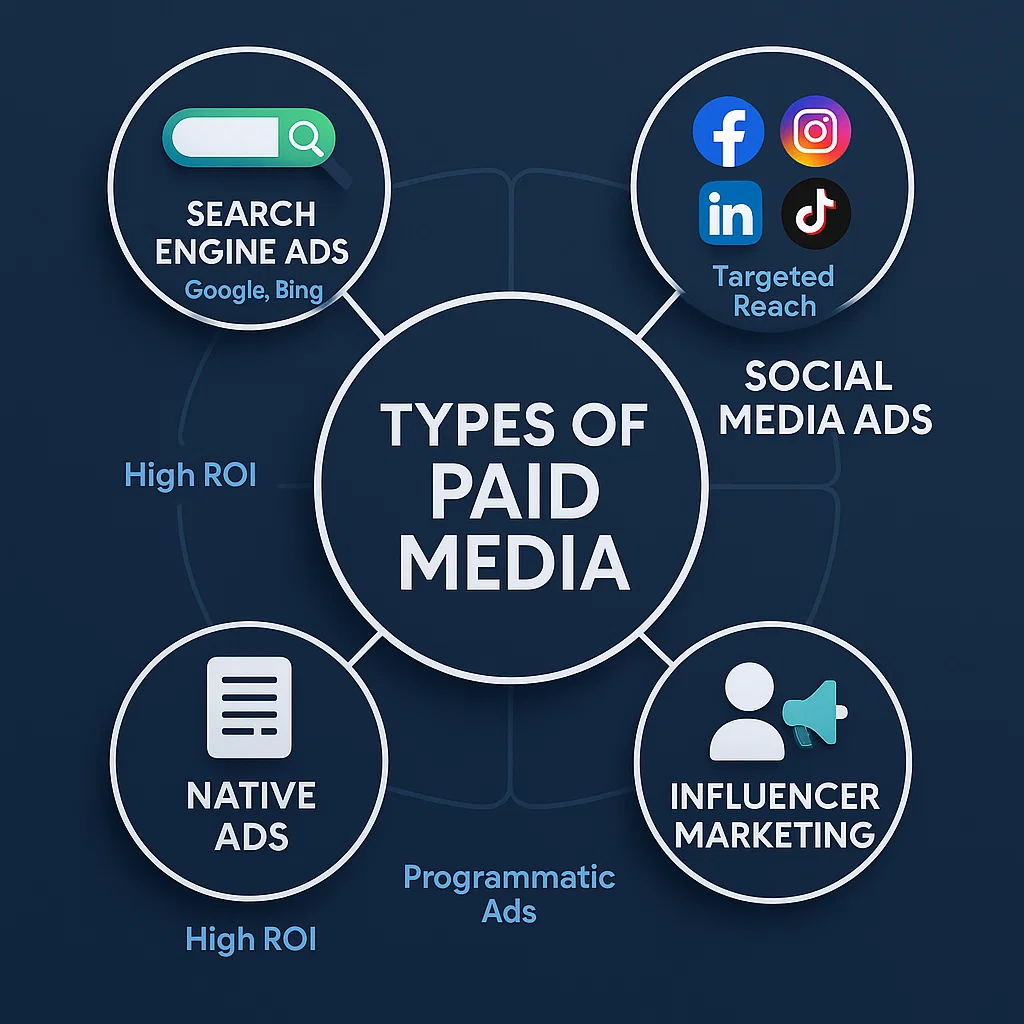
Key Benefits of Paid Promotion
Using paid promotion offers clear, measurable advantages. Here’s why more brands are investing in sponsored content:
- ✅ Fast Results – Get immediate visibility without waiting for organic rankings.
- ✅ Highly Targeted – Reach specific user segments with customized messaging.
- ✅ Data-Driven Insights – Real-time tracking and analytics for optimization.
- ✅ Scalable Campaigns – Test and scale based on performance.
- ✅ Boost Brand Recognition – Increase brand recall by staying visible across channels.
If executed well, paid media enhances brand presence while supporting organic growth strategies.
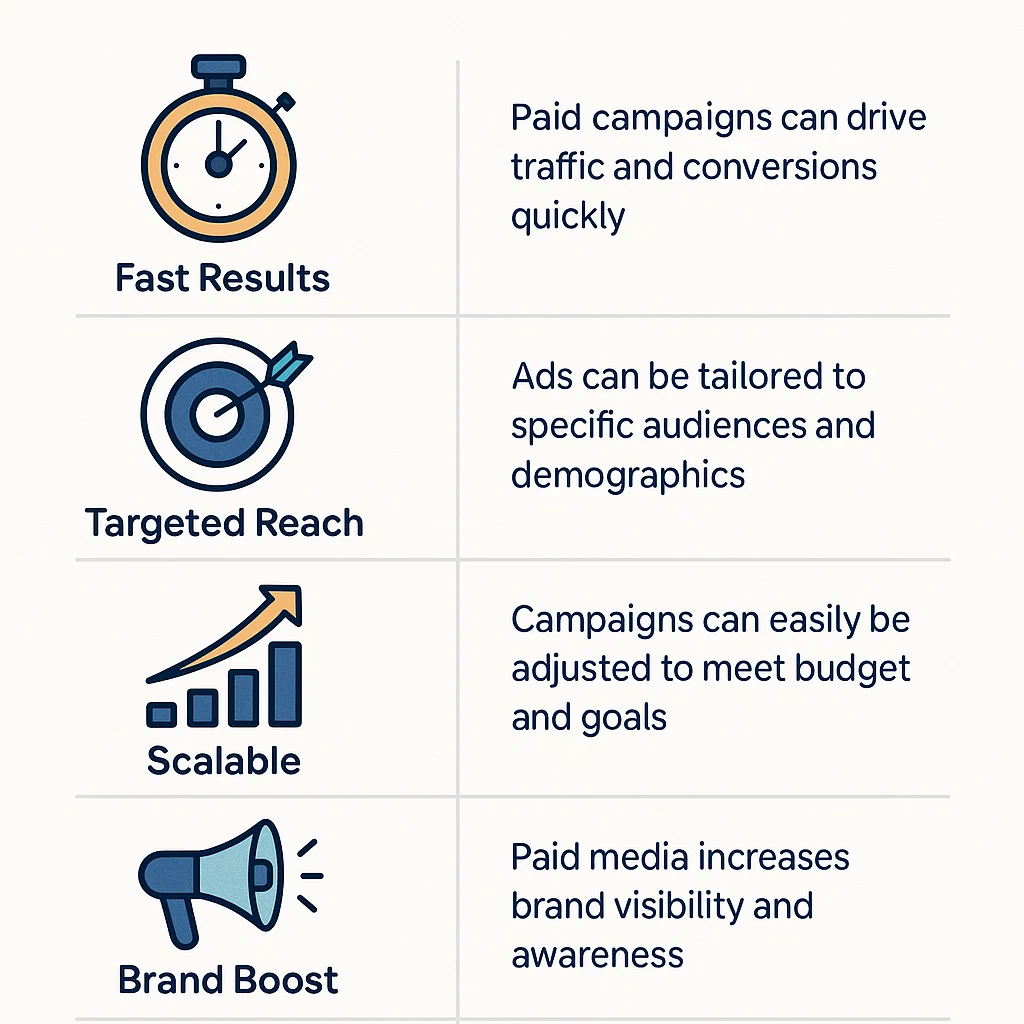
How to Create a Paid Media Strategy That Works
Creating a results-driven paid media strategy involves more than just launching ads. It requires research, planning, and ongoing optimization.
🔹 Define Clear Objectives
What do you want to achieve—sales, traffic, leads, or awareness?
🔹 Know Your Audience
Use buyer personas to guide platform choice, messaging, and ad creatives.
🔹 Choose the Right Channels
Pick from social, search, display, or native ads based on where your audience is most active.
🔹 Set a Budget and Bidding Strategy
Use manual or automated bidding to control ad spend and ROI.
🔹 Track, Analyze, and Optimize
Use tools like Google Analytics and Meta Ads Manager to monitor performance and adjust campaigns accordingly.
For further insights into advertising success, check out our in-depth guide on eCommerce ad strategies that drive sales.
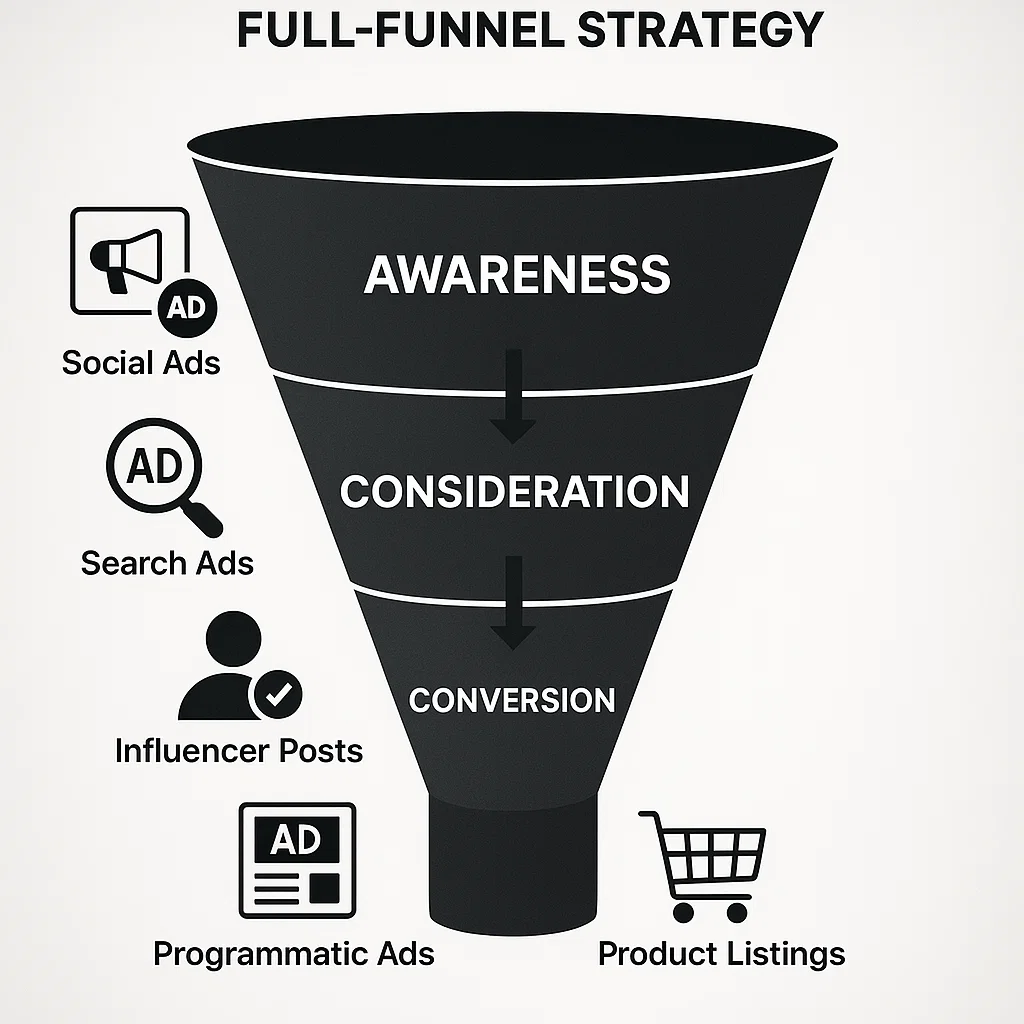
The Role of Paid Media in a Full-Funnel Marketing Plan
Paid advertising works best when integrated into a broader digital strategy. Use it to:
- Support SEO and content marketing
- Retarget users who didn’t convert
- Launch new products or seasonal offers
- Amplify successful content
When combined with owned and earned media, paid marketing ensures you’re reaching customers at every stage of the funnel.
Conclusion
In the modern digital landscape, relying solely on organic reach is no longer enough. A well-crafted paid media strategy enables businesses to scale visibility, reach the right audience, and achieve their growth goals faster.
Want expert support in planning or optimizing your digital campaigns? Visit our team at Webie or explore more solutions at BozzaBench.

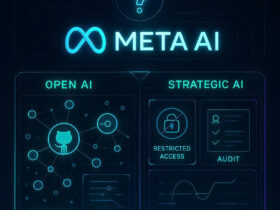
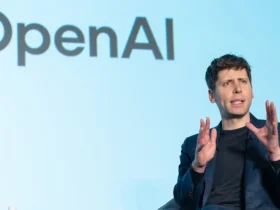
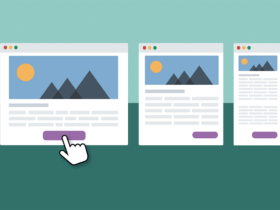

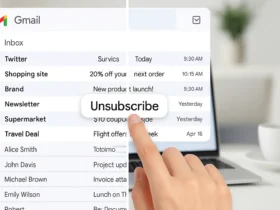
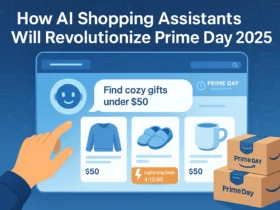
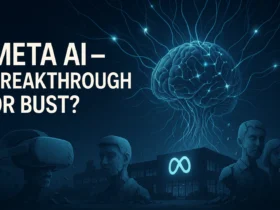
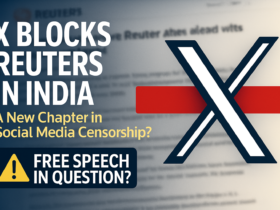
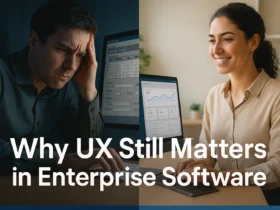
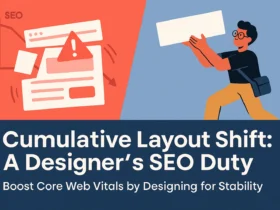
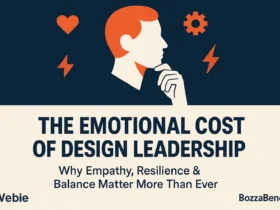
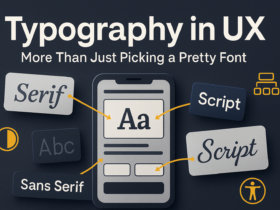
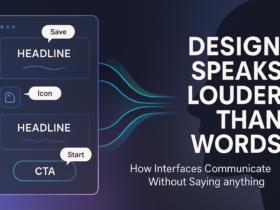
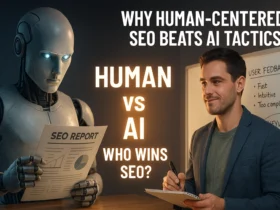
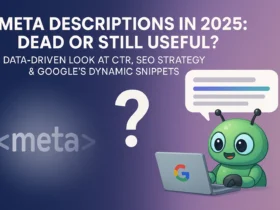
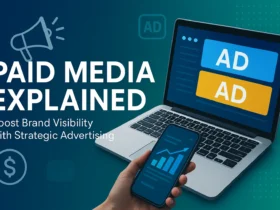
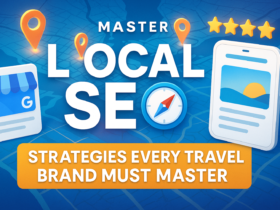

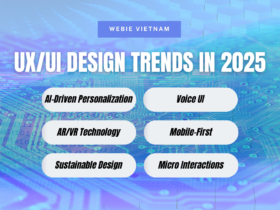



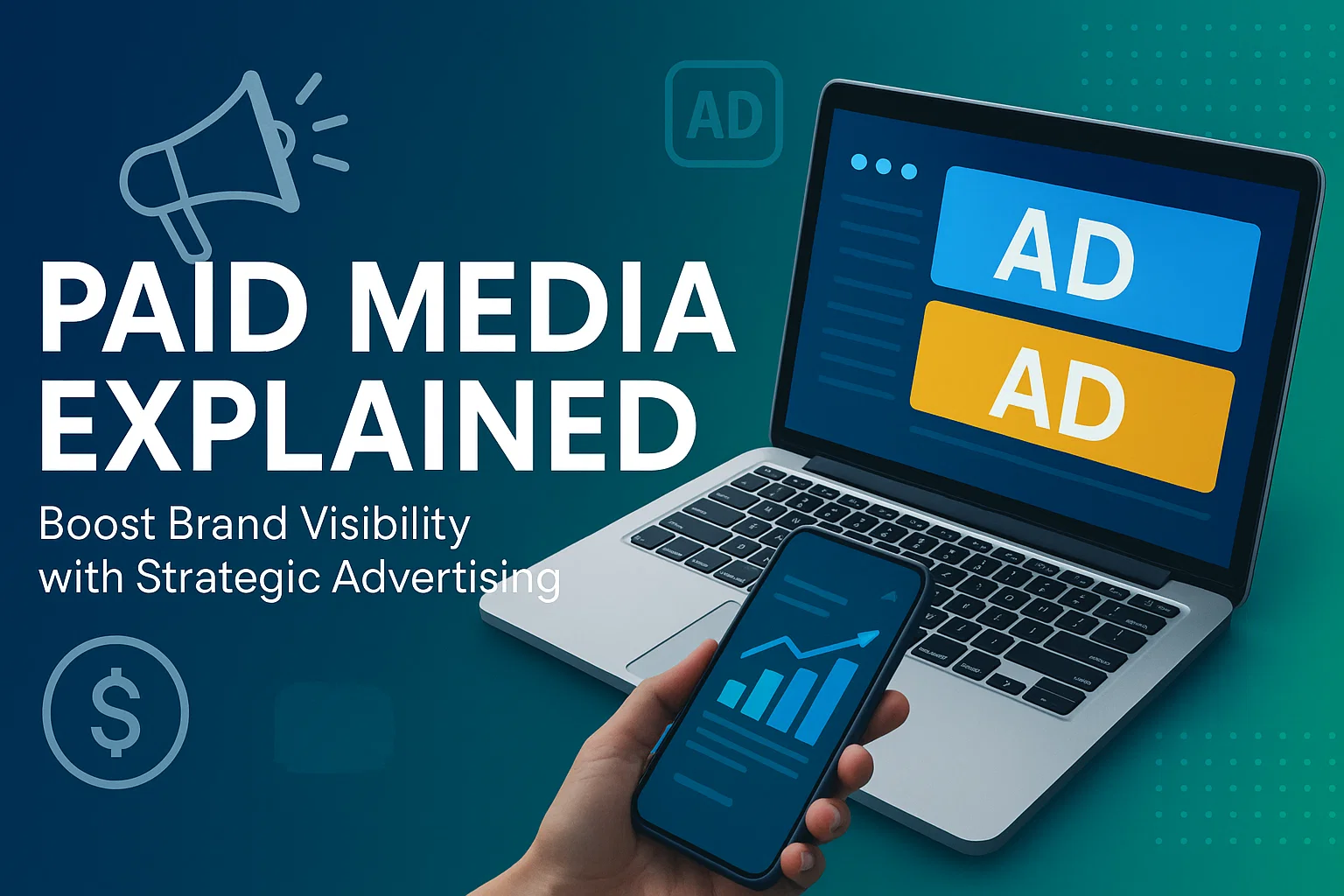
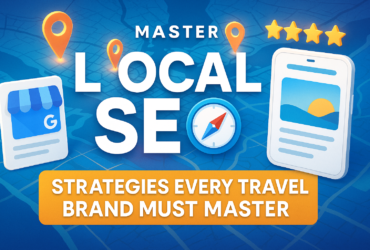

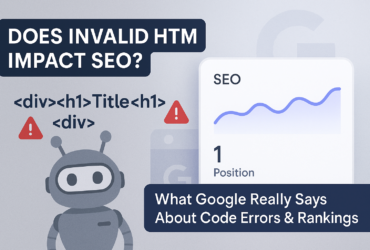
Leave a Reply